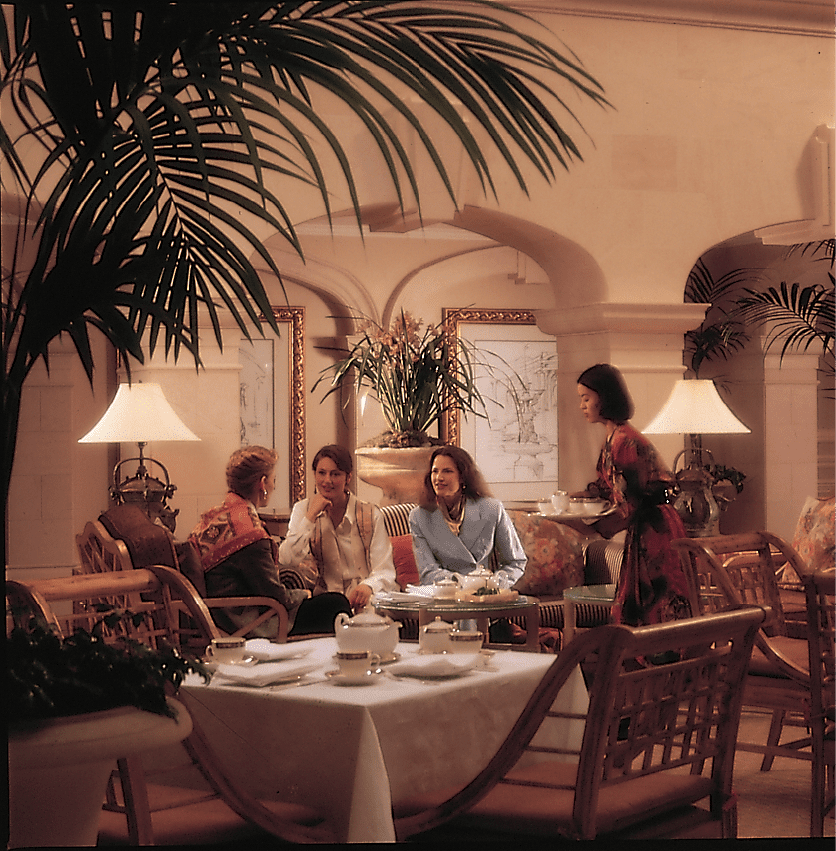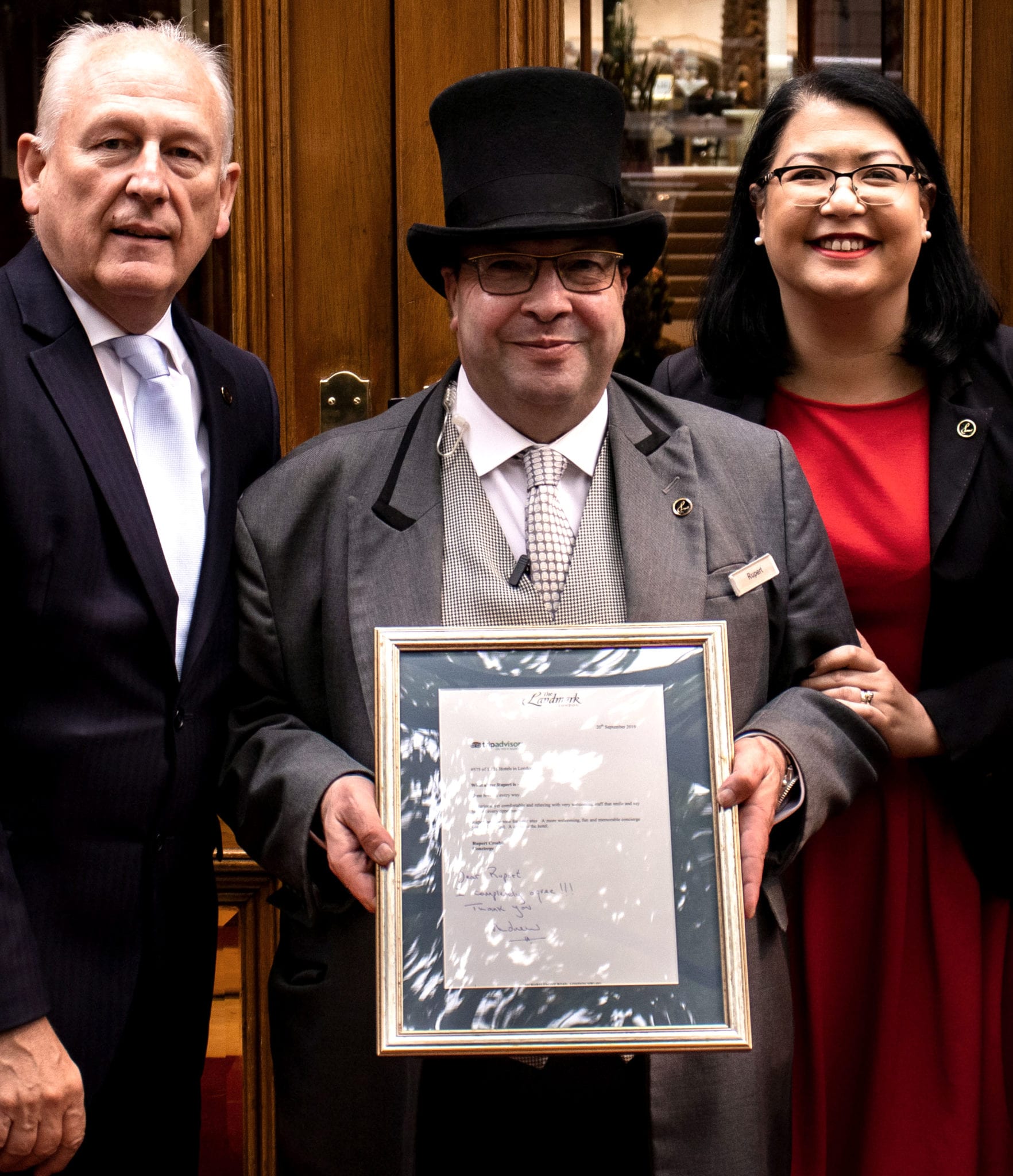17th June 2020
In 1988 the Headquarters of the British Railways closed its doors at 222 Marylebone Road, the site was acquired by Kentaro Abe, a Japanese popstar, who was known as Sen Masao. He started construction work the following year and, like Watkin 90 years before him, had great dreams for this building.
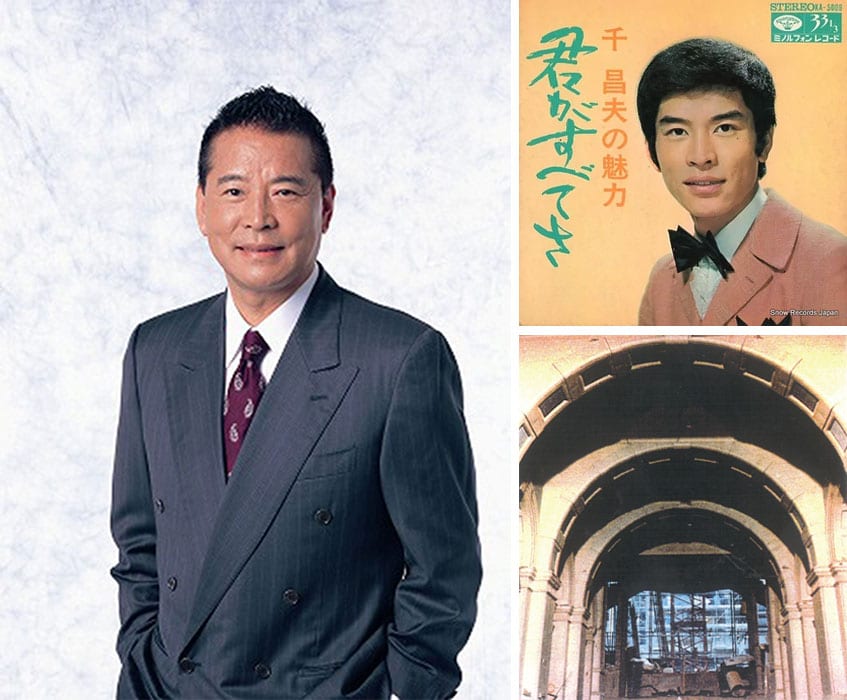
Things had changed a great deal in the 90 years since the hotel opened and every bedroom needed a bathroom en-suite and plenty of living space so the original 600 bedrooms became 300 bedrooms and the roof above the Winter Garden was brought up to the 6th floor as we can see it nowadays.
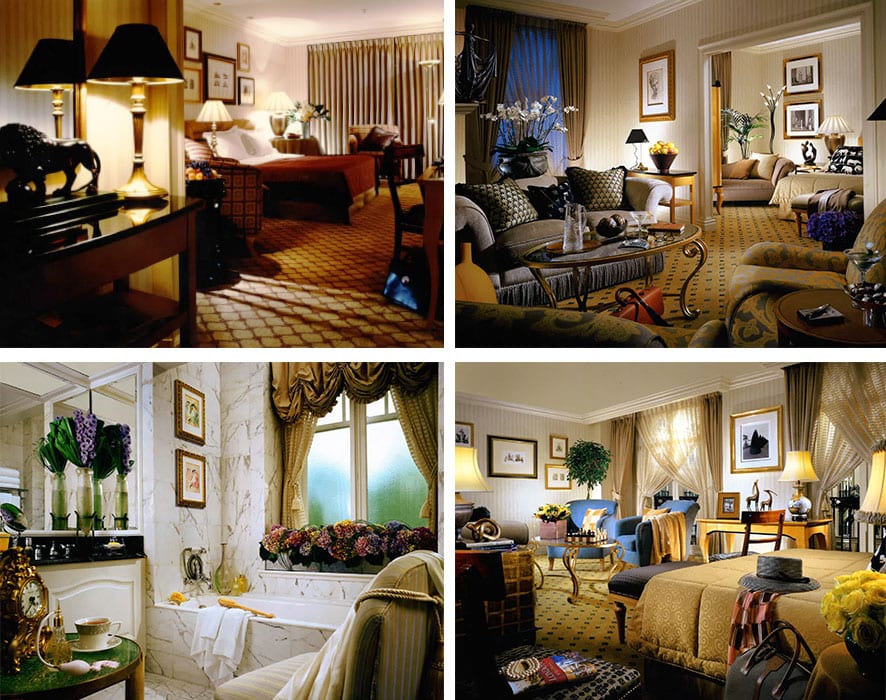
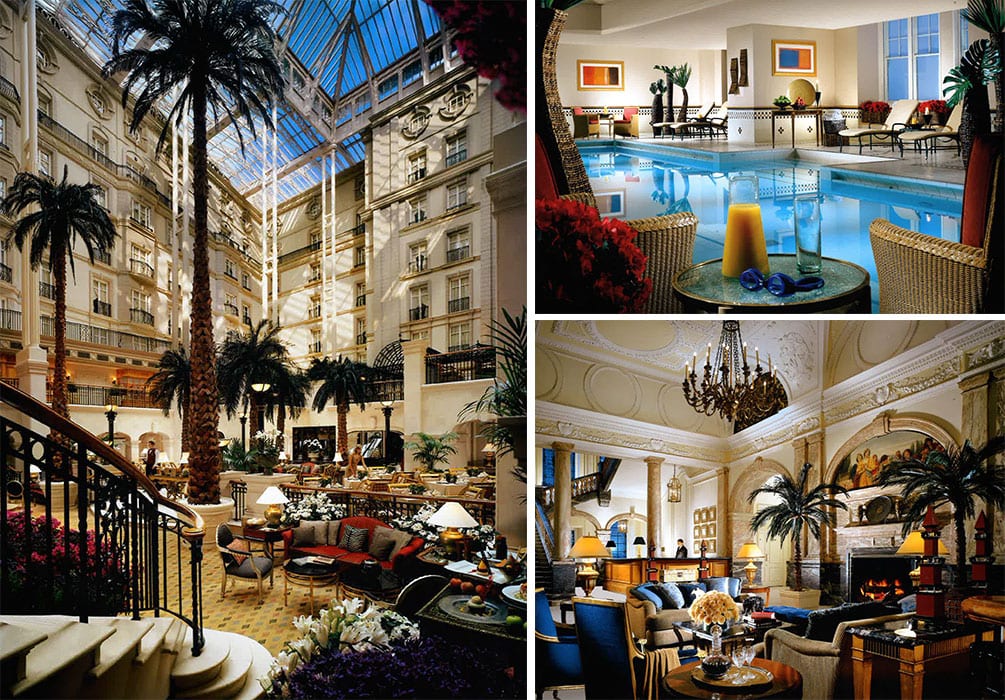
Like almost any business in the late 80’s and early 90’s, it fell into financial difficulties and, in 1993, the building was bought by the Four Seasons Group and renamed the Regent Four Seasons. It wasn’t too long after when in 1995, Mr Khun Jatuporn, a businessman from Thailand, bought the property and for the last 25 years it has been known as The Landmark London.
We have found this video in our archives with an introduction of the hotel in 1995:
The Winter Garden is now as splendid as it was when the hotel opened a 121 years ago, some things have come and gone, such as John Burton-Race’s 70 seater restaurant, in what is now the Grand Ballroom in May 2000. It held 2 Michelin Stars, but like many celebrity chefs who have had restaurants attached to hotels, this did not last very long and closed it’s doors after 5 years.
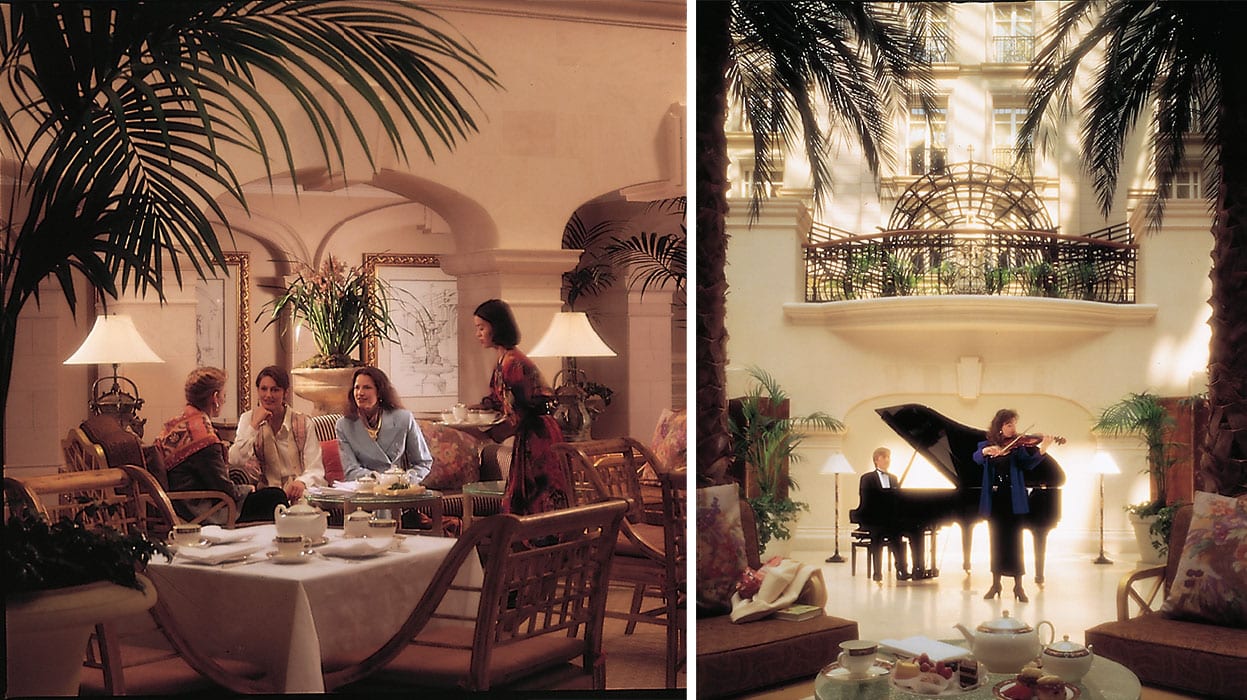
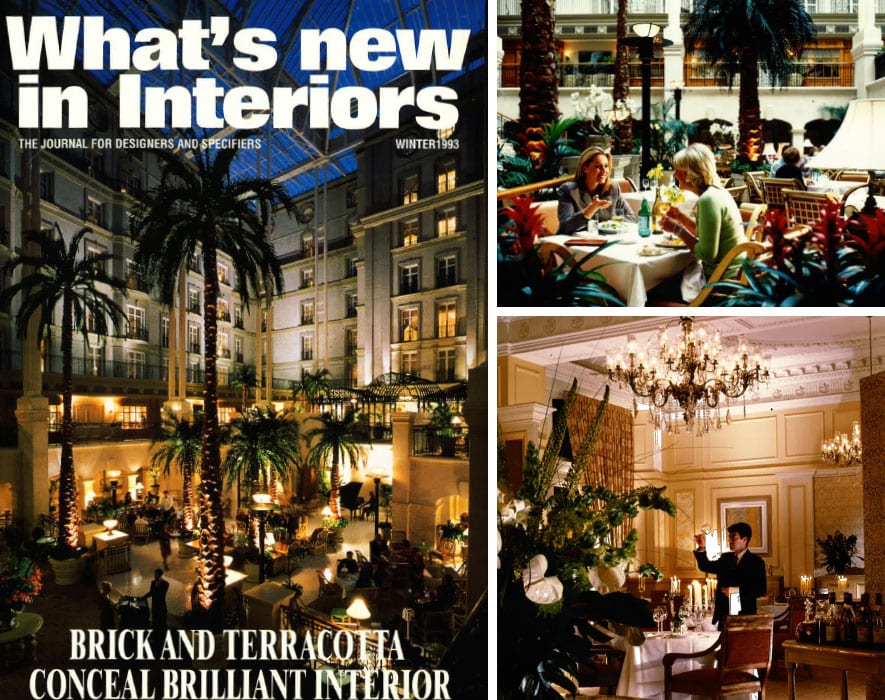
Downstairs in the basement the Spa was built with its unique chlorine free swimming pool. The location of the hotel continues to attract clientele from across the globe and lets hope it continues to do so for many years to come.
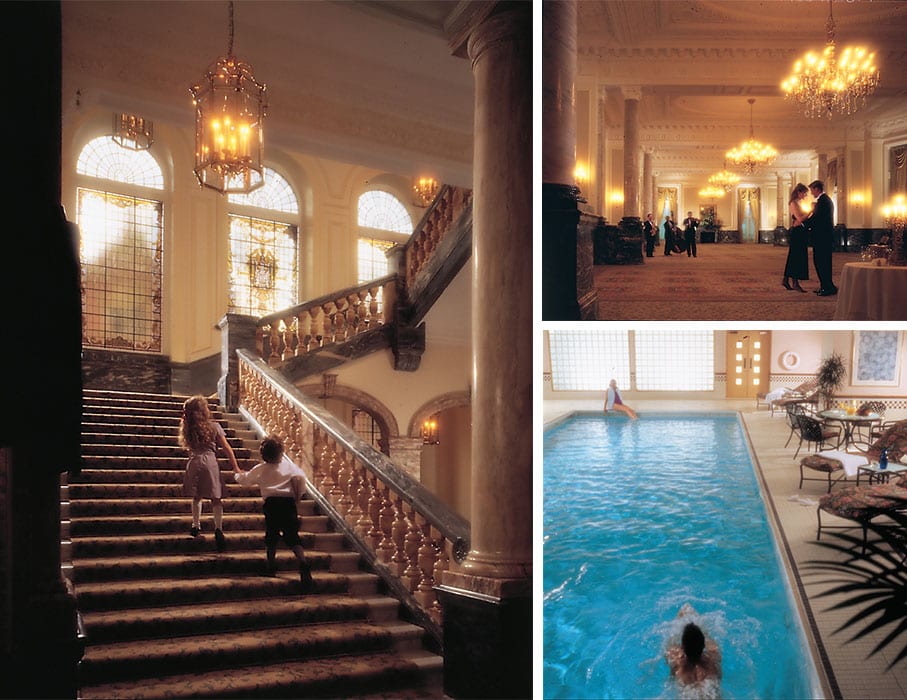
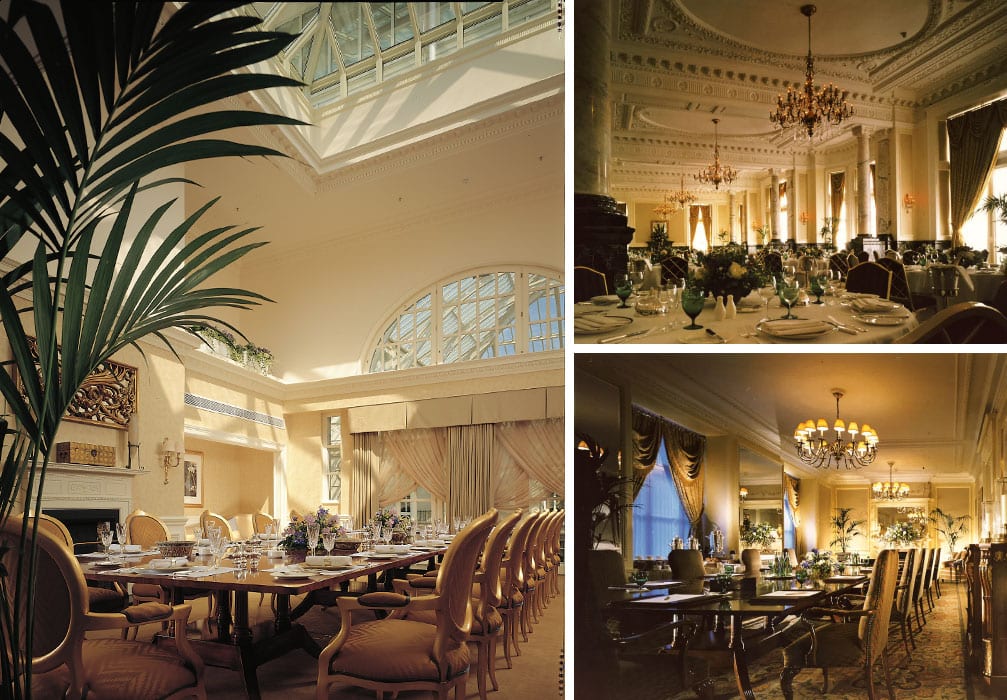
The hotel has always been a popular location for photoshoots. We have found in our archives these images from 1990’s magazines where you can appreciate the bridal fashion trends of that decade:
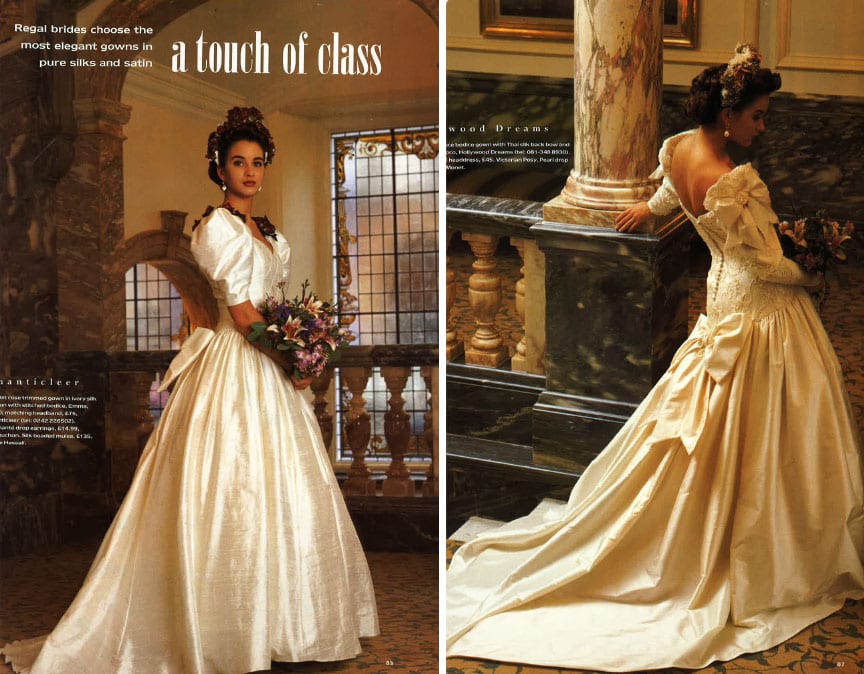
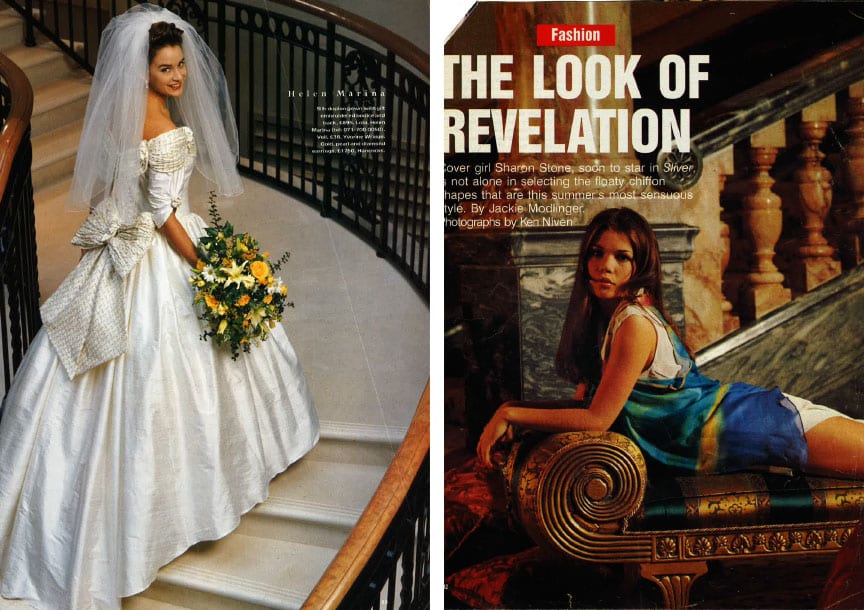
Note: Quite often, when time allows, I like to go up to the Mezzanine Level, look out over the Winter Garden and think of all the thousands of people that have graced our corridors in the past.
